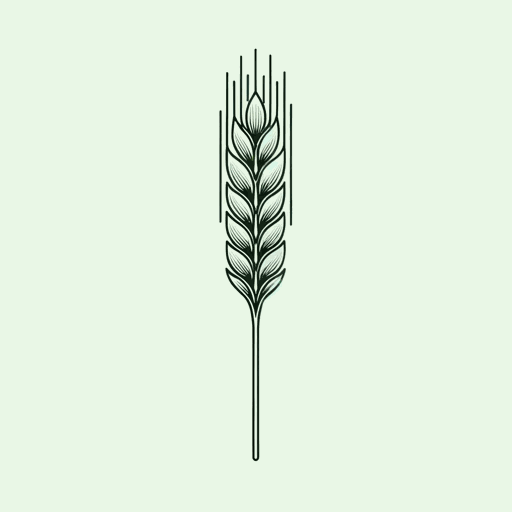79 pages • 2 hours read
Jared DiamondGuns, Germs, and Steel
Nonfiction | Book | Adult | Published in 1997A modern alternative to SparkNotes and CliffsNotes, SuperSummary offers high-quality Study Guides with detailed chapter summaries and analysis of major themes, characters, and more.
Part 4, Chapter 18-EpilogueChapter Summaries & Analyses
Part 4: "Around the World in Four Chapters"
Chapter 18 Summary: “Hemispheres Colliding”
The collision between the Old World and New World constitutes one of the largest population replacements of the last 13,000 years. But why did the Europeans conquer the Native Americans rather than vice versa?
In contrast to Eurasia, which was home to 13 species of big domestic mammals, the Americas had only one species—the llama/alpaca—following extinctions during the Late Pleistocene era. The significance of this fact is highlighted by the victory of the Spanish conquistador Hernán Cortes’ over the Aztecs in 1519; had the Spaniards been confronted by Aztec cavalry mounted on horses, then the outcome of this battle might have been different. Alternatively, the Aztecs, or other American peoples, might have sent out their own conquistadors to wreak havoc on Europe.
Food production also differed in Eurasia and the Americas, with agriculture being widespread in Eurasia by 1492. Agriculture was widespread in the Americas too, but hunter-gatherers occupied a larger area of the Americas compared with Eurasia. In fact, some of the most productive areas of America today were without food production at the time of the European conquest. This absence was due to a scarcity of suitable plants and animals, along with geographical and ecological barriers that prevented the arrival of imported crops and animal species.
Related Titles
By Jared Diamond




